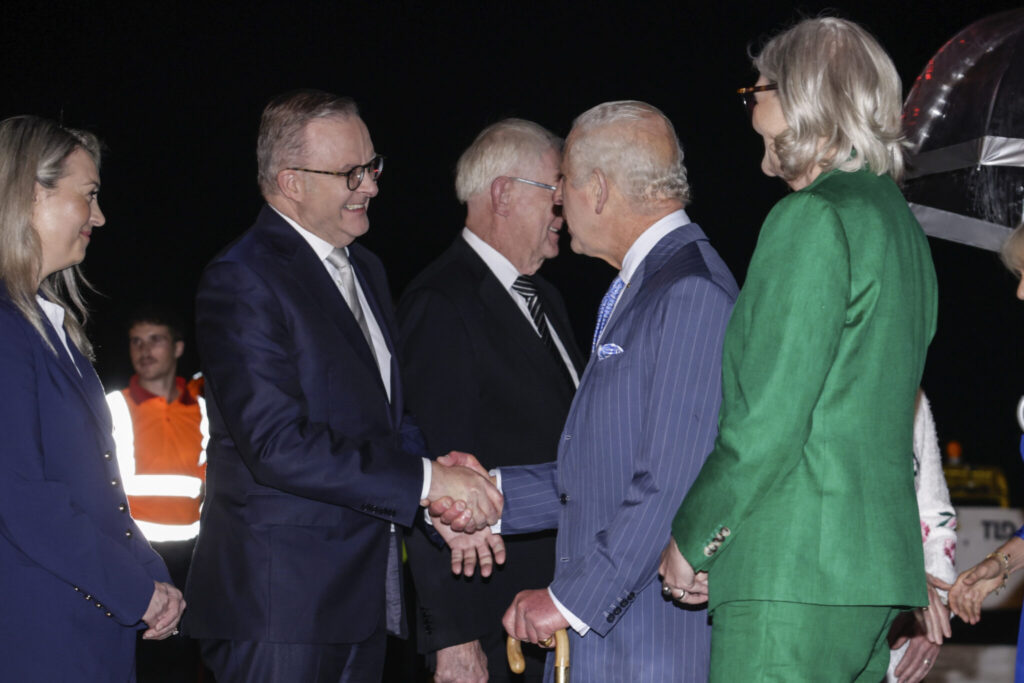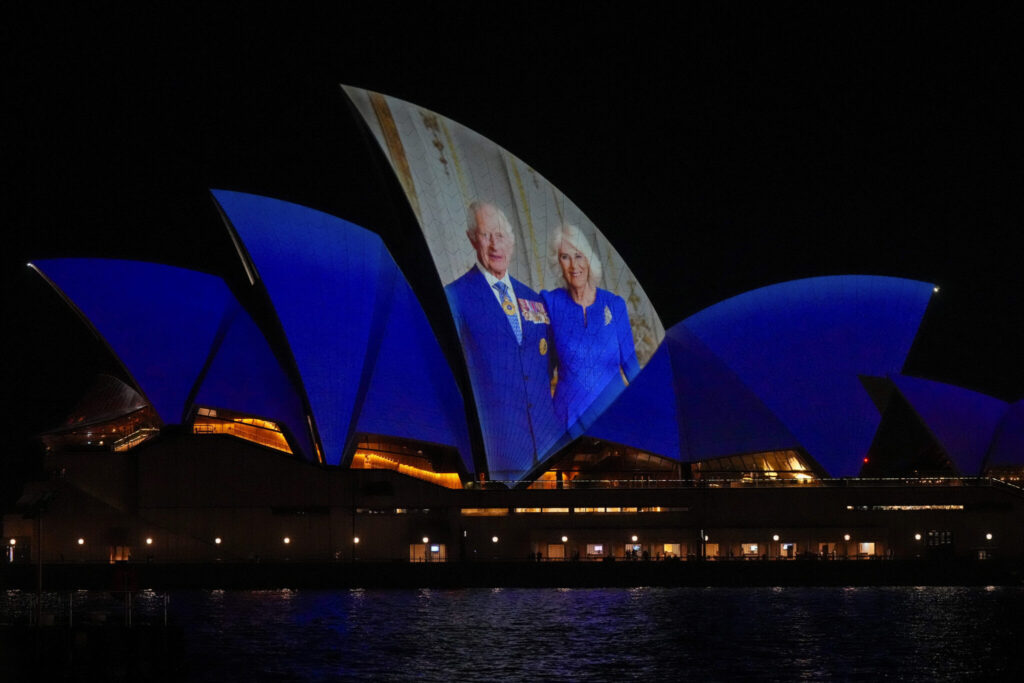King Charles Australia visit/ Australian republic debate/ monarchy in Australia/ British monarchy Australia/ Charles III republic push/ Newslooks/ MELBOURNE/ Australia/ J. Mansour/ Morning Edition/ King Charles III and Queen Camilla’s visit to Australia has reignited debates about the nation’s ties to the British monarchy. While monarchists celebrate the visit, republic supporters hope it marks the end of royal reign in Australia. This discussion reflects growing calls for an Australian head of state.

Australia Monarchy Debate Quick Looks
- King Charles’s Visit: First Australian visit by a reigning monarch in over a decade.
- Arrival in Sydney: Charles and Camilla were welcomed by officials, though state premiers declined invitations.
- Republic Push: The Australian Republic Movement (ARM) launched a campaign urging the end of British royal rule.
- Monarchist View: Supporters believe the visit strengthens Australia’s constitutional ties to Britain.
- Public Sentiment: Australia’s multicultural shift and past referendum are factors in the ongoing debate.
King Charles III’s Australia Visit Sparks Renewed Republic Debate
Deep Look
King Charles III and Queen Camilla’s arrival in Sydney on Friday marked the first visit by a reigning British monarch to Australia in more than a decade. While the visit was met with a warm reception at Sydney Airport, where Prime Minister Anthony Albanese and state officials greeted the royal couple, it has also rekindled a longstanding debate over Australia’s ties to the British monarchy.
Charles’s visit comes at a time when Australia is increasingly questioning the relevance of having a British monarch as head of state. Though the Sydney Opera House’s iconic sails were lit up with images of past royal visits in honor of the occasion, the visit has not been universally welcomed. The Australian Republic Movement (ARM), a group advocating for an Australian head of state, launched a campaign during the royal visit titled “Wave Goodbye to Royal Reign with Monarchy: The Farewell Oz Tour!” The group hopes this will be the last tour of a reigning British monarch in Australia.
According to ARM co-chair Esther Anatolitis, royal visits have become more of a “show” rather than a meaningful representation of Australia’s governance. “It is a reminder that Australia’s head of state isn’t full-time, isn’t Australian. It’s a part-time person based overseas who’s the head of state of numerous places,” Anatolitis remarked. She expressed hopes that Charles and Camilla’s future visits to Australia would be as “visiting dignitaries” rather than as monarchs.
Australia has long grappled with the question of whether to retain its constitutional ties to Britain, and the royal visit has brought these discussions back into focus. Charles himself is only the second reigning British monarch to visit Australia, following his mother, Queen Elizabeth II, who made her first visit 70 years ago. While Elizabeth’s reign was marked by widespread public adoration and 16 visits to the country, Charles’s presence is viewed through a more critical lens by republic supporters.
Monarchists, on the other hand, hope that the visit will solidify Australians’ connection to their king. Philip Benwell, chair of the Australian Monarchist League, expects that the royal couple’s visit will remind Australians of their constitutional monarchy and its historical importance. “The visit by the king brings it home that Australia is a constitutional monarchy and it has a king,” Benwell said, noting that the physical presence of the monarch is an important reminder to Australians of their ties to Britain.
However, the visit has not been entirely smooth. All six state premiers declined invitations to a reception for Charles in Canberra, citing other obligations such as cabinet meetings and overseas travel. Benwell criticized their absence, saying, “It would be virtually incumbent upon the premiers to be in Canberra to meet him and pay their respects.” He argued that their refusal to attend could be interpreted as a snub, given the historical significance of the visit.
The debate over Australia’s ties to the British monarchy is not new. In 1999, a national referendum asked Australians if they wanted to replace the queen as head of state with a president chosen by parliament. The referendum failed, but many believe that the result reflected disagreement over how the president should be chosen rather than support for the monarchy itself.
The Australian Republic Movement’s latest push suggests that the desire for an Australian head of state has not waned. The movement even wrote to Charles in late 2023, asking him to support their cause by advocating for Australia to become a republic. Buckingham Palace responded diplomatically, with a letter that stated, “Whether Australia becomes a republic is…a matter for the Australian public to decide.”
Australia’s shifting demographics may also play a role in the debate. In the 1950s, when Queen Elizabeth II made her first tour of Australia, the country’s immigration policies favored British settlers, and much of the population shared cultural ties with Britain. However, Australia is now a far more multicultural nation. “Most of the population today is either born overseas or has a parent born overseas,” Anatolitis pointed out. She suggested that modern Australia, with its global connections and diverse population, may be less inclined to retain the British monarch as its head of state.
For now, Charles and Camilla’s visit is set to continue with stops in Canberra and a trip to Samoa, where Charles will open the annual Commonwealth Heads of Government Meeting. The itinerary, however, is notably shorter than past royal visits due to Charles’s ongoing cancer treatment, which has limited his ability to travel extensively.
As Australia reflects on its future and the relevance of the monarchy, the royal visit may ultimately serve as a catalyst for further discussions about the nation’s identity. Whether or not the debate results in concrete change, the conversations around Australia’s ties to the British monarchy are far from over.







